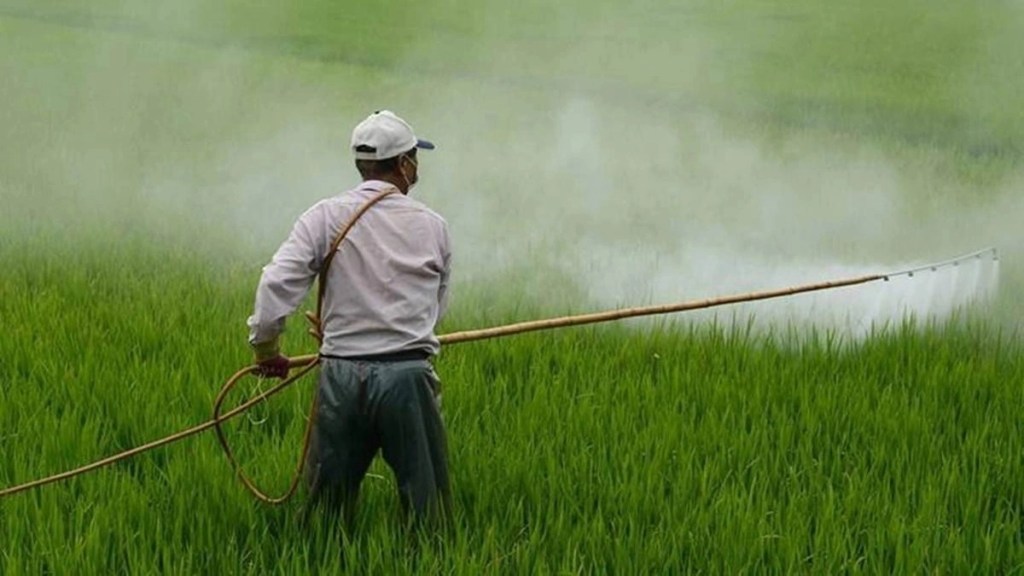A sharp spike in prices of liquefied natural gas (LNG) amid the Russia-Ukraine conflict has pushed up the cost of production of urea. Higher global prices of soil nutrients are seen to inflate fertiliser subsidy to Rs 2.5 trillion in FY23, up 54% from 2021-22 level. Arun Singhal, secretary, Department of Fertilisers spoke to Sandip Das on critical issues of fertiliser supplies, reforms in LNG pricing mechanism and possibility of cash transfer to farmers, instead of routing the subsidies to the industry.
Q: The surge in gobal prices of fertilisers and feedstock like gas has upset the estimates of subsidy requirements. Any long-term measure being initiated to deal with the volatility of global soil nutrient prices?
Fertiliser subsidy has gone up in sync with global prices as we import a substantial volume of fertilisers (30% of domestic consumption is met via imports). However, the prices have started to soften in recent times. For instance, the global prices of DAP (diammonium phosphate) are currently ruling around $720/tonne, down from a high of $920/tonne prevailed a few months back. Even urea prices have softened. In terms of high global fertiliser prices, the worst is over from our perspective. We have broad-based our supplies rather than depending on a few sources. If there are some issues with importing fertiliser from Russia, we can import from African and Arab countries. Our focus is to ensure that farmers get adequate quantities of fertilisers at reasonable prices.
Also Read: Minister blames global cartels for spike in fertiliser subsidy
Q: What is your latest assessment on the quantum of fertiliser subsidy in the current fiscal?
It is difficult to estimate the subsidy as the country’s urea production is dependent on (imported) liquefied natural gas (LNG), which is 80-85% of the cost of production. We really do not know the future movements in the LNG market. We have installed capacity for manufacturing 28.3 million tonne (MT) of urea against an annual requirement of around 35 MT. If (LNG) prices are at a certain level, it makes sense to produce urea in the country. If imported urea prices are higher than imported LNG prices, we will have to import the finished product. We keep a close watch on imported gas and urea prices and take a call accordingly.
Q: What measures the government is considering to deal with volatility in the LNG prices?
In terms of sourcing of the feedstock, domestic gas is the cheapest, followed by long-term LNG supplies and spot markets. Domestic LNG ranges between $ 8-10 per million metric British thermal unit (mmBtu), while long- term LNG is sourced at the price band of $ 18-20 per mmBtu. The spot gas prices vary very widely between $ 2-67 mmbtu. The Empowered Pool Marketing Committee (EPMC) set up by the petroleum ministry in 2015 is managing these streams of supplies and the pooling of gas for uniform pricing to fertiliser units.
Also Read: GAIL (India) may enter into short-term LNG contracts: Fertiliser subsidy seen above Rs 2.5 trn in FY23, as high in FY24 too
The government is considering some reforms in the EPMC process including steps such as reverse auction, aggregation of demand etc. In the last one month, we have saved Rs 3,288 crore by swapping, which allowed us to source cheaper LNG through short-term tender method. While in the EPMC process, there has not been off-take guarantee for LNG, we are now considering to include such guarantee.
Q: There are reports of shortage of fertilisers from states. What are the steps initiated to deal with it?
There is no shortage of fertiliser whatsoever and we have an integrated fertiliser management system in place. There are logistical issues that arise from time to time as we carry out the huge exercise of transporting and distributing 65 MT of fertiliser annually. It implies that around 150,000-200,000 tonne of fertilisers are being supplied on a daily basis. There are a few reports of shortages of fertilisers in a district for one or two days, but these have been addressed.
Q: How much progress has been made on the direct cash transfer to farmers instead of rousting subsidies via fertiliser manufacturers?
There are several issues associated with direct cash transfer. We will be taking up a few pilot DBT projects in four states. States need to have digital land records, crops surveys, coverage of soil health cards and provisions for formal and informal tenancy in landing holdings before rolling out of cash transfer. Cash transfer models have also to vary across states. Existing system of recording every fertiliser purchase by farmers through 300,000 point of sale (PoS) machines has reduced instances of overcharging by retailers.

